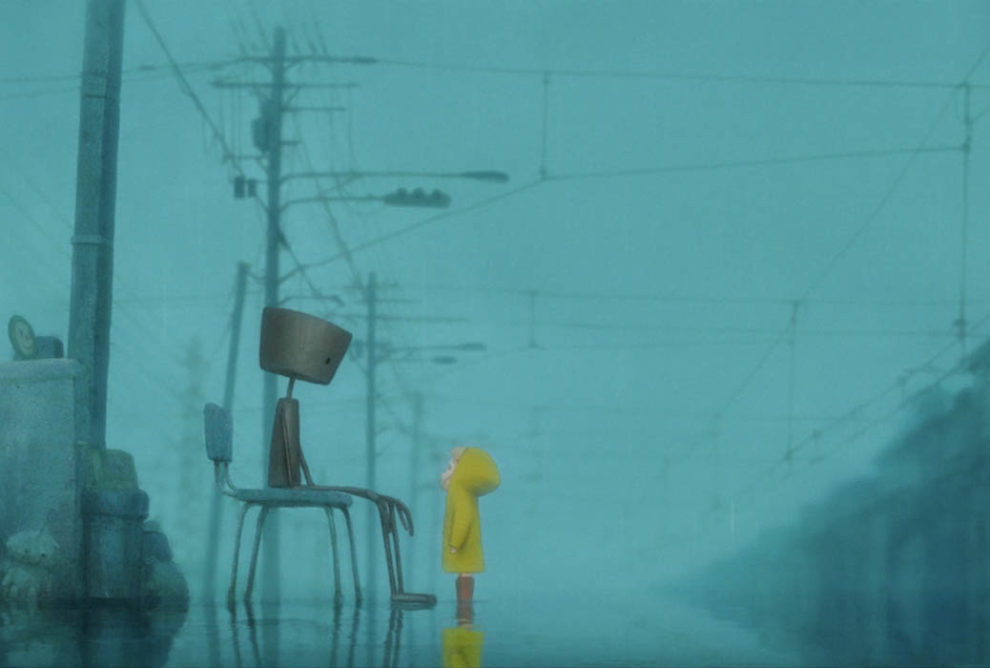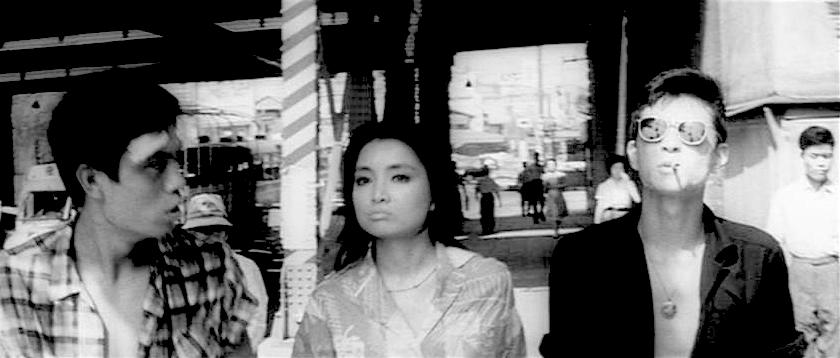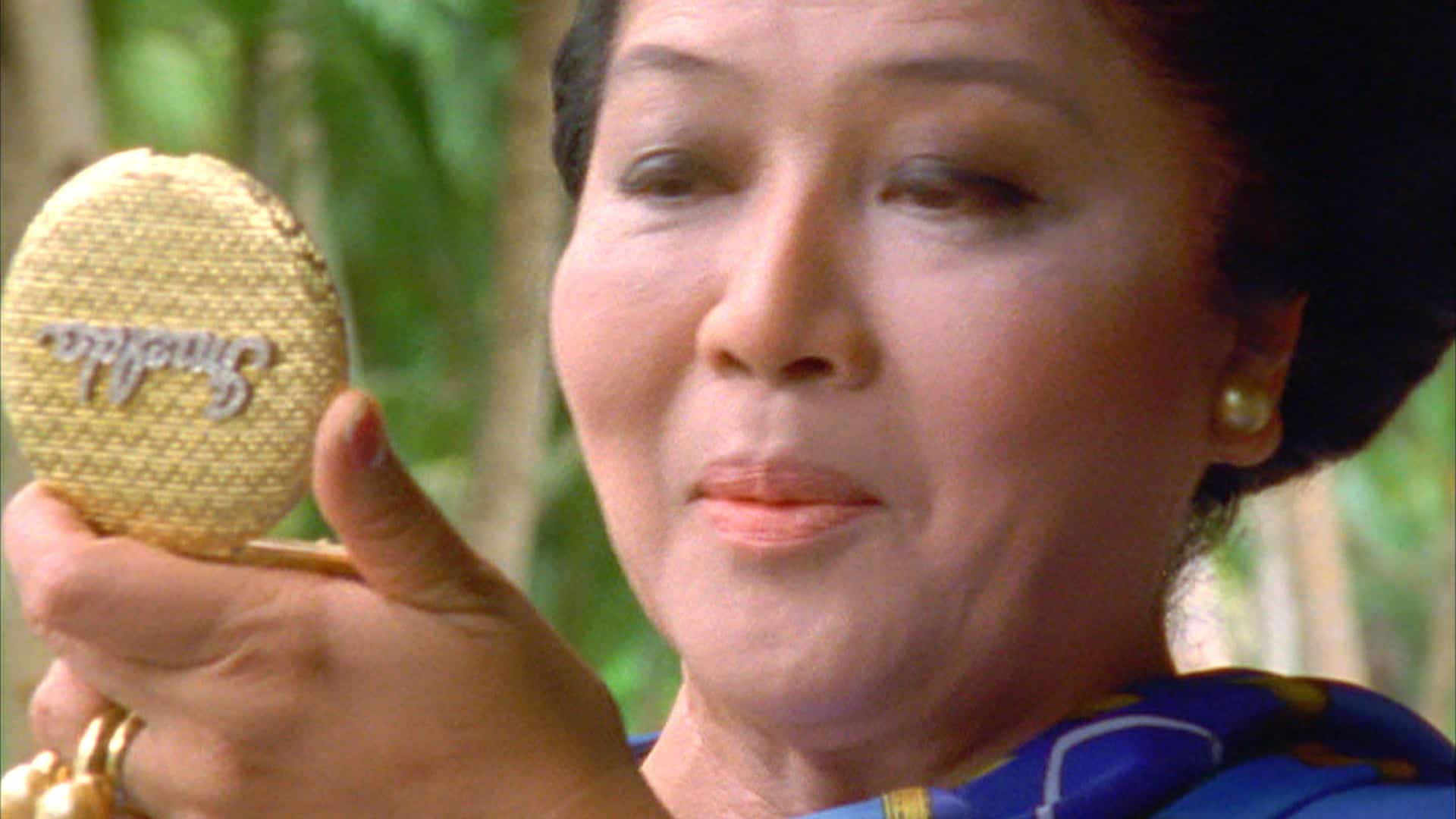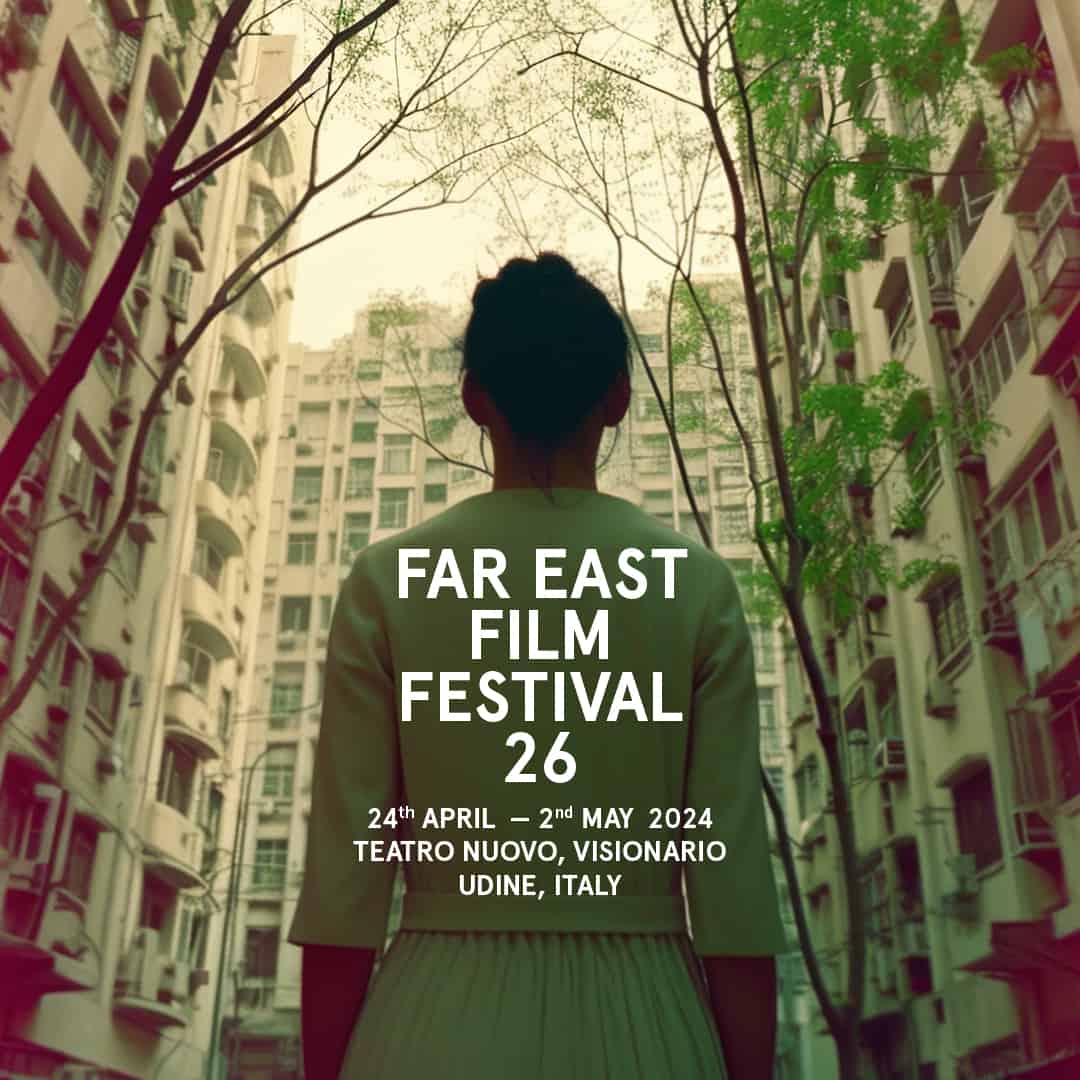Following the positive reception of “Fumiko's Confession” and in order to continue honing his skills as a filmmaker and animator, director Hiroyasu Ishida made his second feature, “Rain Town”. The ten-minute short, which would be his graduation project, took two year of his life to make and benefited from the kind of collaboration Ishida had got to know from his previous movie. Together with fellow student Yoshida Shouga, he directed a feature that would not only go on to win the prestigious New Face Award at the 15th Japan Media Arts Festival, but which showed a new aspect to its makers, creating a world that was situated somewhere between dream and (fictional) reality but also was quite different to “Fumiko's Confession” with regard to its animation and design.

The story of the short feature takes place somewhere in the future, when a small town has been flooded by constant rainfall, resulting in the inhabitants having to leave their old lives and houses behind to find shelter in other places higher above. However, it has been many years since those events took place and especially to the older people it is but a distant memory, the subject of stories they tell to their grandchildren. A girl who lives with her grandmother has heard many of these tales of the old and forgotten place, and decides to see it for herself, beginning with only a few journey to the old town's outskirts until one day she ventures into its streets, where she encounters a robot, one of the few still functional, who may hold a key to understanding her grandmother's story better.
Whereas “Fumiko's Confession” focused on movement and speed while also having its fair share of slapstick moments, these moments are nowhere to be seen in “Rain Town” which is aesthetically and narratively quite the opposite to Ishida's first short feature. Its story deals with topics such as memory and time, with the flooded town being a transitional place, a space which is somewhere between these two. The constant rain, the mirror image of the town in the water and the omnipresent decay due to the water establish the image of a place on the verge of destruction, a memory long forgotten perhaps or an emotion which has been repressed for many years. It is a world which is a contrast to the vivid and colorful one in “Fumiko's Confession”, much more contemplative, sad and desolate.
Clearly, “Rain Town” shows a different side to Ishida as an artist and director, with its animation fitting the overall themes of the features, while also combining the various elements of a production more skillfully, resulting in a more accomplished feature. While its narration is still quite simple, its design as well as its combination of music and visuals show how much Ishida has progressed as a director and seem to foreshadow his future projects.
In conclusion, “Rain Town” is another skillfully made short feature directed by Hiroyasu Ishida. It shows his progression as an artist, able to combine all of the elements of such a production to create a satisfying end result.















